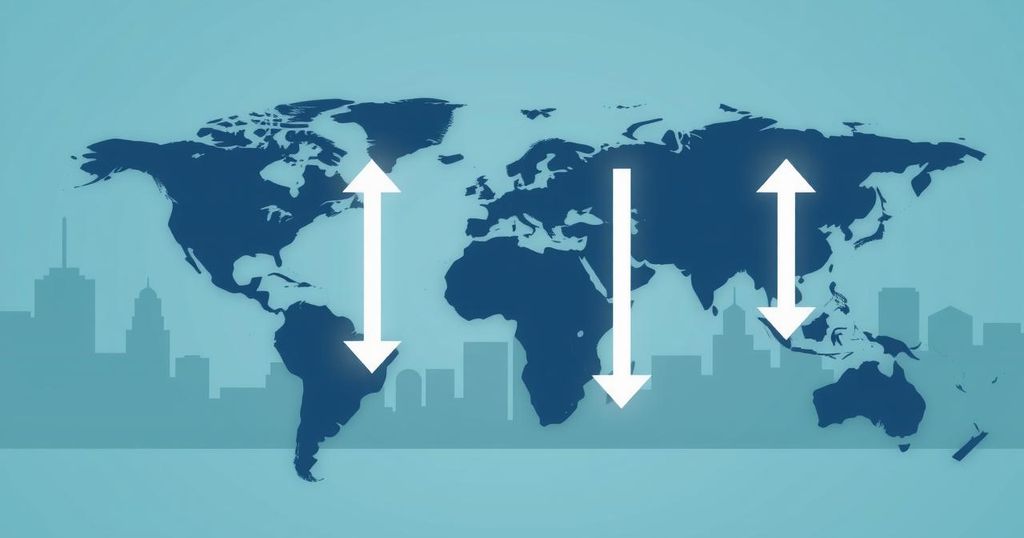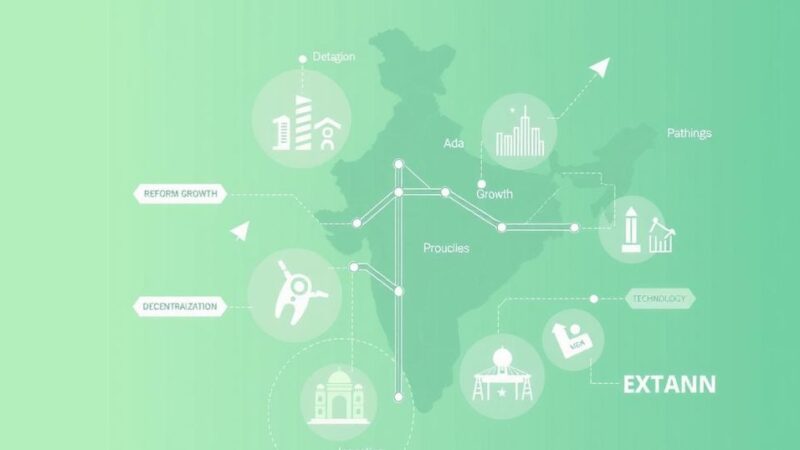The OECD downgrades global growth forecasts for 2025 and 2026, projecting 3.1% growth in 2025 and 3.0% in 2026, influenced by US tariffs. Mexico might see a 1.3% drop in growth due to these tariffs, while India is expected to grow the most. Recommendations include tariff reductions to bolster growth rates.
The Organisation for Economic Co-operation and Development (OECD) has downgraded its global growth projections for 2025 and 2026, attributing part of this decline to tariffs imposed by US President Donald Trump. In its recent report, it forecasts global growth to be 3.1% in the current year, down from an earlier estimate of 3.3%. For 2026, growth is projected at 3.0% instead of the previously anticipated 3.3%.
The report indicates a trend toward lower global economic prospects, citing high levels of policy uncertainty and significant risks. It warns that the ongoing fragmentation of the global economy is a notable concern. If the US increases bilateral tariffs on all non-commodity imports and exports, global output may drop by approximately 0.3% by the third year.
According to simulations regarding a potential 10% tariff, Mexico could experience the largest decline in growth, forecasted at a 1.3% reduction from baseline. Conversely, the US may see a decrease of 0.72% in its growth rate. The OECD suggests that any agreements aimed at reducing tariffs could foster stronger global economic growth.
Despite the impact of tariffs, India is projected to experience the highest growth rates, with predictions of 6.4% and 6.6% GDP growth for 2025 and 2026 respectively. Mexico stands out as the only major country likely to face a decline in growth, while Canada is expected to show minimal growth. The eurozone’s growth is estimated at 1.0% and 1.2% for 2025 and 2026, showing limited potential for recovery under current conditions.
The OECD has revised its global growth forecasts downward, attributing this to US tariffs and ongoing economic uncertainty. Projections show a decrease in global growth rates to 3.1% in 2025 and 3.0% in 2026. Notably, Mexico is expected to be adversely affected, while India is projected to grow the fastest. To counteract these negative impacts, the OECD emphasizes the potential benefits of tariff reductions.
Original Source: gna.org.gh






